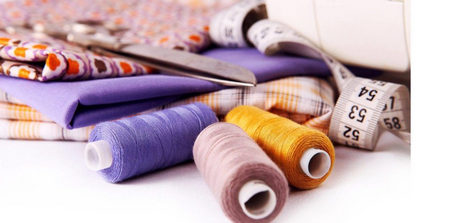What physical data can textile testing instruments be used to test?
1、Hydrostatic pressure

Outdoor fabric industry is customarily called water pressure, the unit with mmH2o said, refers to the unit area to withstand water pressure strength, in standard laboratory conditions, the fabric to withstand the pressure of distilled water sprayed upward, and record the water pressure value, such as water pressure 5000mmH2o, that is, the unit area can withstand 5m pressure without leakage. Hydrostatic pressure tester is used to determine the water resistance of medical protective clothing, compact fabrics such as canvas, tarpaulin, thatch, tent cloth, rainproof clothing cloth and other materials.
2、Breathability
Air permeability means the performance of air through the fabric. Under the specified differential pressure condition, the air flow rate through the given area of the specimen vertically within a certain time is measured and the air permeability is calculated. The air flow rate can be measured directly, but also by measuring the flow aperture on both sides of the pressure car conversion and obtained. It is used to test the air permeability of materials such as nonwoven fabrics, protective clothing, meltblown fabrics, special industrial fabrics, general fabrics, sponges, knitted fabrics, coated fabrics, nonwovens and industrial filter paper.
评论
发表评论